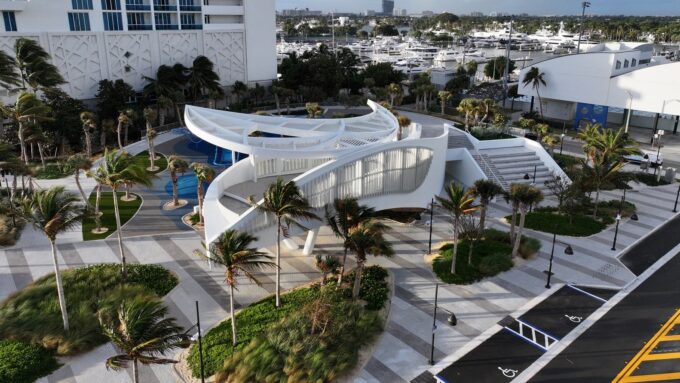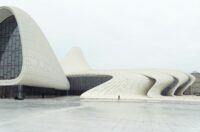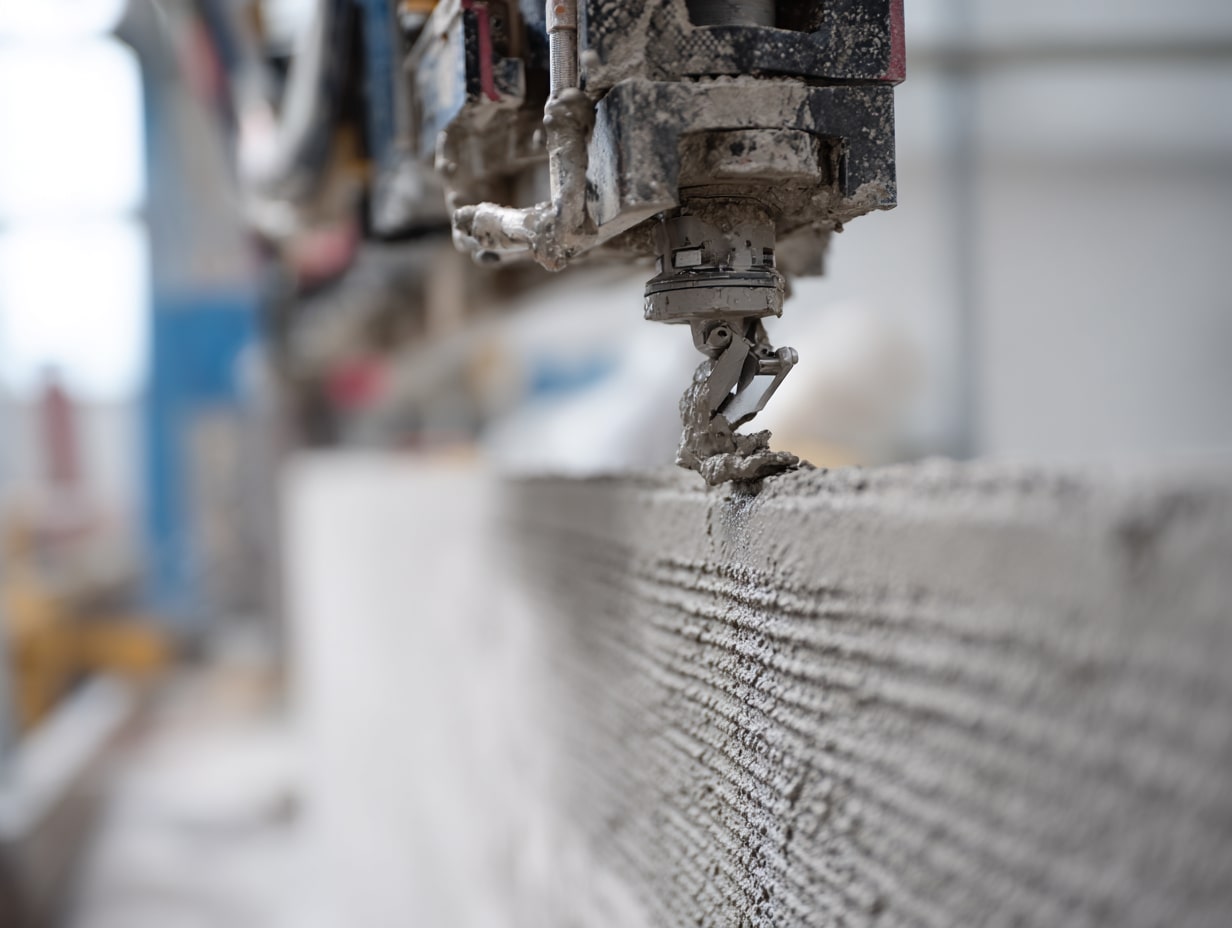- Home
- Articles
- Architectural Portfolio
- Architectral Presentation
- Inspirational Stories
- Architecture News
- Visualization
- BIM Industry
- Facade Design
- Parametric Design
- Career
- Landscape Architecture
- Construction
- Artificial Intelligence
- Sketching
- Design Softwares
- Diagrams
- Writing
- Architectural Tips
- Sustainability
- Courses
- Concept
- Technology
- History & Heritage
- Future of Architecture
- Guides & How-To
- Art & Culture
- Projects
- Interior Design
- Competitions
- Jobs
- Store
- Tools
- More
- Home
- Articles
- Architectural Portfolio
- Architectral Presentation
- Inspirational Stories
- Architecture News
- Visualization
- BIM Industry
- Facade Design
- Parametric Design
- Career
- Landscape Architecture
- Construction
- Artificial Intelligence
- Sketching
- Design Softwares
- Diagrams
- Writing
- Architectural Tips
- Sustainability
- Courses
- Concept
- Technology
- History & Heritage
- Future of Architecture
- Guides & How-To
- Art & Culture
- Projects
- Interior Design
- Competitions
- Jobs
- Store
- Tools
- More
Neo Futurism vs Brutalism: Visionary Flow or Bold Mass in Modern Architecture
Discover the dynamic clash of architectural ideologies in this exploration of Neo-Futurism vs. Brutalism. From fluid, futuristic designs prioritizing sustainability to bold, raw structures rooted in post-war practicality, uncover how these styles shape modern urban spaces and inspire global architectural trends with visionary flow and bold mass.

When we think about architecture that challenges the norm, two distinct styles come to mind: neo-futurism and brutalism. Both are bold in their own right, yet they couldn’t be more different in their approach. Neo-futurism enchants us with its fluid, visionary designs that seem to defy gravity, while brutalism commands attention with raw, unapologetic mass and stark simplicity.
These architectural movements reflect more than just aesthetics—they embody philosophies about how we interact with our spaces. Neo-futurism feels like a leap into tomorrow, embracing innovation and sustainability. Brutalism, on the other hand, roots us in the present with its minimalist honesty and functional focus. It’s a fascinating contrast between flow and form, vision and weight.
As we explore these two styles, we’ll uncover what makes them so compelling and how they’ve shaped the architectural landscape. Each has its own story, and together, they redefine the boundaries of design.

Table of Contents
ToggleUnderstanding Neo Futurism
Neo-futurism transforms traditional architecture into innovative expressions of fluidity and technological advancement. This style reimagines the built environment to align with progressive visions of the future.

Key Characteristics of Neo Futurism
Neo-futurism incorporates dynamic, flowing designs inspired by natural and organic forms. Structures often feature smooth, curvilinear shapes, such as Zaha Hadid’s Heydar Aliyev Center. Designers integrate advanced materials like steel, glass, and innovative composites to achieve complex geometries. Sustainability is a critical component, with energy-efficient systems and eco-friendly materials playing integral roles. Emphasis on connectivity and interaction ensures that these designs remain functional and harmonious with their surroundings.
Philosophy Behind Neo Futuristic Design
The philosophy revolves around creating spaces that embody innovation and forward-thinking ideals. Neo-futurism blends aesthetics with functionality, prioritizing user experience while addressing global challenges like urbanization and ecological balance. Technological advances in construction enable architects to push boundaries and create visionary designs that reflect an aspirational ethos. This approach celebrates the potential of architecture to inspire and elevate human experiences through bold, groundbreaking structures.
Exploring Brutalism
Brutalism stands out with its uncompromising design language, emphasizing raw materials and practicality. Its bold, unadorned aesthetic challenges conventional notions of beauty, prioritizing structural honesty.

Defining Traits of Brutalism
Brutalism features clean, geometric forms and exposed materials. Architects frequently use concrete, steel, and brick to highlight textures and construction methods. Large, blocky structures dominate its visual impact, often creating a monumental presence. Examples include Boston City Hall and The Barbican Estate in London.
Functionality takes precedence over ornamentation. Designs often incorporate repetitive modular elements, enhancing efficiency and scale. Staircases, corridors, and communal spaces are designed to serve both functional and social purposes.
Natural light plays a key functional role. Brutalist buildings use strategically placed windows and open courtyards to enhance lighting and airflow, reducing the dependence on artificial systems.
The Ideology Driving Brutalist Architecture
Brutalism reflects a focus on social purpose and accessibility. Emerging in the mid-20th century, it aimed to address housing shortages and modernize urban landscapes after World War II. We see this in large-scale public housing projects and government buildings built during this era.
Simplicity and transparency influence the underlying philosophy. By exposing materials and techniques, architects convey honesty in design, rejecting decorative facades. This aligns with the post-war desire for truthful, human-centered spaces.
Affordability guided material choices. Concrete, for instance, became a preferred material due to its low cost and versatility. This allowed for rapid construction of essential infrastructure, including schools, libraries, and community centers.
Brutalism creates spaces that highlight form and function while addressing the needs of rapidly expanding urban populations.
Neo Futurism Vs Brutalism: A Comparative Analysis
Neo-futurism and brutalism represent two radically different architectural approaches, yet each reshapes our perception of urban spaces. One focuses on visionary innovation, while the other emphasizes bold, pragmatic simplicity.

Visionary Flow Vs Bold Mass
Neo-futurism prioritizes dynamic forms that evoke motion and fluidity. Its designs often mimic organic shapes, using materials like glass and steel to craft futuristic, lightweight structures. This style aims for a seamless integration with its environment, creating spaces that feel adaptive and forward-thinking.
Brutalism, on the other hand, values mass and permanence. Architects favor monolithic forms that exude strength and stability, often incorporating heavy materials like exposed concrete and steel. Its structures appear grounded and imposing, emphasizing utility over ornamentation, with bold geometric forms dominating the landscape.
Functionality And Aesthetics in Both Styles
Functionality in neo-futurism revolves around user-centric innovations. The style integrates energy-efficient systems, smart technologies, and sustainable designs to optimize performance while maintaining sleek aesthetics. Examples like the Heydar Aliyev Center highlight how functionality and futuristic artistry unite.
Brutalism, however, emphasizes functional transparency. For example, buildings such as Habitat 67 showcase repetitive modular elements and open layouts, designed for practical efficiency. Aesthetics emerge from material honesty, with textures and structural details left unhidden to highlight the raw construction process.
Sociocultural Impact of Both Movements
Neo-futurism reflects a progressive mindset focused on solving modern challenges like urbanization and sustainability. Its structures often serve as global icons of innovation, influencing how cities evolve to accommodate technological and ecological needs.
Brutalism emerged as a response to post-war reconstruction efforts, addressing housing crises and creating accessible public spaces. Its social impact lies in its commitment to affordability, community spaces, and utilitarian purpose, serving millions through projects like public housing and civic buildings.
Modern Relevance of Neo Futurism and Brutalism
Neo-futurism and brutalism continue influencing global architecture by shaping contemporary design and public preferences. Both styles offer unique contributions to modern spaces, blending philosophy with functionality.

Influence on Contemporary Design
Neo-futurism inspires advancements in sustainable architecture, showcasing energy-efficient materials like photovoltaic glass and adaptive designs. Buildings like Santiago Calatrava’s World Trade Center Transportation Hub emphasize fluid, nature-inspired forms, reflecting modern technological potential. Urban planners adopt neo-futurism to create eco-smart cities, prioritizing renewable energy integration and innovative infrastructure.
Brutalism’s enduring legacy appears in minimalist and utilitarian trends, where raw materials and exposed construction stand out. Designers incorporate brutalism’s principles to craft durable public spaces, as seen in educational or cultural institutions that value robust, functional layouts. Prefabricated elements from brutalism influence modular housing solutions, addressing affordability and urban density.
Public Perception and Popularity Today
Neo-futurism garners attention for pushing architectural boundaries, appealing to audiences who value futuristic aesthetics and eco-conscious practices. Social media amplifies its sleek designs, making structures like Zaha Hadid’s buildings icons of modern creativity.
Brutalism’s popularity resurges in niches where nostalgia and authenticity are celebrated. While its bold, stark look sparks controversy, brutalist landmarks like the National Theatre in London now receive preservation efforts, reflecting renewed admiration. Its utilitarian appeal attracts advocates who appreciate its honest use of materials and focus on social utility.
Conclusion
Neo-futurism and brutalism showcase two distinct paradigms in architecture, each shaping urban landscapes in unique ways. Neo-futurism transforms traditional designs with fluidity, innovation, and sustainability, focusing on futuristic aesthetics and user-centric functionality. Examples like the Heydar Aliyev Center highlight how advanced materials and energy efficiency redefine modern architecture for a progressive mindset.
In contrast, brutalism emphasizes mass, permanence, and structural honesty. Iconic structures like Habitat 67 prioritize practicality, affordability, and a raw aesthetic, rooted in the sociocultural context of post-war reconstruction. Brutalism’s monumental presence and modular efficiency stand as testaments to its utilitarian essence.
The interplay between these styles influences contemporary trends, blending visionary flow with bold mass to inspire experimental designs. While neo-futurism leads advancements in eco-smart cities and innovative forms, brutalism’s enduring legacy informs minimalist and functional spaces. Both continue shaping architectural discourse and reimagining how we perceive and interact with built environments.
- architectural futurism
- architecture style comparison
- bold mass architecture
- Brutalism design
- brutalist architecture features
- Brutalist urban planning
- contemporary architecture trends
- futuristic building design
- futuristic vs brutalist buildings
- innovative architecture ideas
- minimalist architecture design
- modern architecture styles
- neo futurism architecture
- structural innovation in architecture
- sustainable architecture styles
- urban design concepts
- urban futurism
- visionary flow architecture
Submit your architectural projects
Follow these steps for submission your project. Submission FormLatest Posts
3D Printed Homes: Time, Cost, and What to Expect
3D printed homes explained: realistic timelines (24–72h walls, 8–16 weeks total), true...
How a Contact Centre Boosts Trust in Your Building Business
In construction, trust is the glue that holds projects together. Clients need...
How Real Time Parcel Geolocation Is Redefining Last Mile Efficiency for Modern Businesses
Last mile delivery has become the most critical point in the customer...
How Can Small Spaces Stay Stylish and Relaxing?
In today’s fast-paced urban lifestyle, small living spaces are becoming increasingly common....












Leave a comment